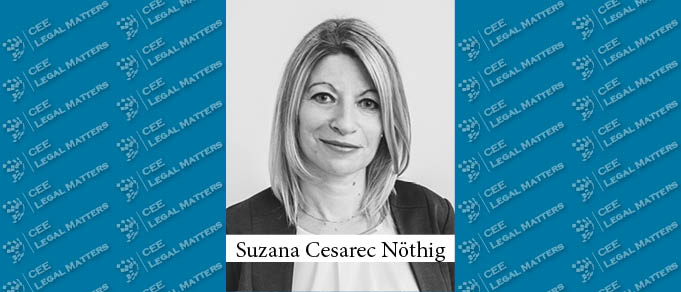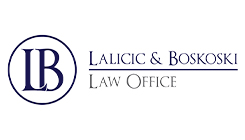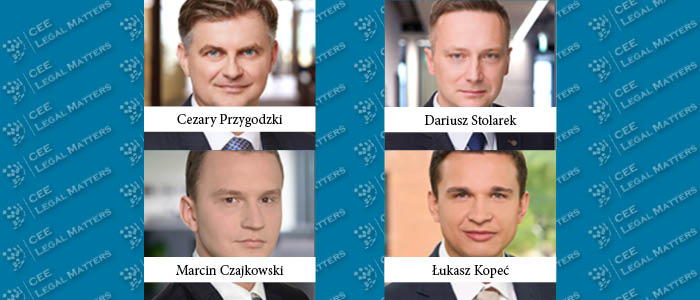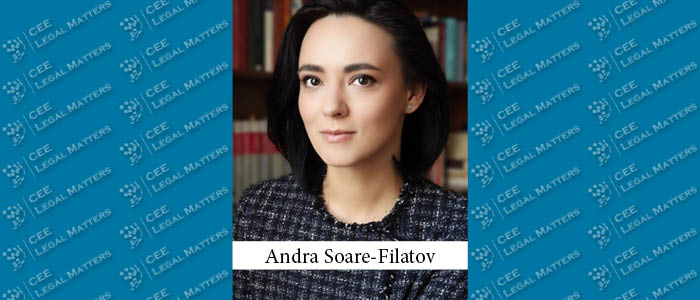A topic that has recently been the subject of discussion and reflection is the position of trademarks –protected brands used in trade to mark products and services in the Metaverse, with the question of whether such existing trademarks have protection in this new digital market.
What, until recently, seemed like a distant future and a possibility only as a work of science fiction on the movie screen or a video game/online game, is today a reality that should be taken into account and considered through the lens of legal regulation.
What is a Metaverse?
The Metaverse is a virtual environment/digital space that will replace the Internet as we know and use it today to connect the human mind and artificial intelligence using new ways of communication, interaction and cooperation, as well as being a new tool for business visibility and development, thus becoming a kind of "new/parallel reality".
Even today, through social networks, algorithms are set up to collect an abundance of information about the user, e.g. what kind of music we listen to, where we want to travel, what food we prefer, do we have any special interests, which fashion expression is closest to us, what are our business interests. By spending even more time in the Metaverse of the future, the information the Metaverse will collect about us as users will be proportionally more significant.
Namely, the Metaverse is designed so that everyone will be able to, through their own digital avatar identity, through cryptocurrencies (classic replaceable/fungible tokens) or by exchanging NTF (Non-Fungible Token, irreplaceable token), buy everything they think they need, such a, digital paintings, virtual bags, virtual clothes, virtual shoes, virtual furniture, virtual real estate, even virtual tickets for sporting events, concerts or exhibitions… Multinational companies will be able to open their offices in the Metaverse, where they can meet business partners living on the other side of the world “face to face”. Equally, it will likely be possible in such a parallel reality to go for a drink, a concert, or an art exhibition.
Therefore, a significant number of entrepreneurs realised the need for their presence in the Metaverse as a kind of new market niche and a showcase where manufacturers of specific products and service providers can offer additional, new ways of doing business and providing services, which can, in turn, contribute to further market success and higher earnings.
The products and services in the Metaverse are only the virtual appearance of the actual product or service and are not the same as the corresponding non-digital product or service. For example, clothing in the physical world is undeniably a physical product/good, but in the digital world, digital clothing is software. Because their purpose is different, digital goods and services must be treated differently from the corresponding non-digital goods and services. Such goods and services are not complementary and have different distribution channels.
However, these products and services are still protected as brands/labels (trademarks) exclusively in the physical and tangible world. They are subject to prescribed and regulated registration systems, territoriality, and legal rules that apply in the real world and particular territories. On the other hand, there are no specific regulations governing the use of trademarks in the Metaverse/virtual reality.
In connection with the above, a new problem faced by entrepreneurs, especially popular brands, is third parties' unauthorised use of registered trademarks in the Metaverse.
The misuse of trademarks and exploitation of the reputation acquired by a trademark by unauthorised third parties in the digital space are no secret and can be considered almost a common occurrence.
Consequently, given the non-existence of any special regulation on the use of trademarks in the Metaverse that would provide the means to companies to secure their property and enable them to exercise rights against infringers of similar or identical representations of products and services in the Metaverse, companies should not rely solely on their existing registered trademarks. Namely, consumers can be deceived into thinking that digital and tangible products have an identical commercial origin, which is not always the case.
Usually, when applying for trademark registration, products and/or services must be identified and classified following the International Classification of Products and Services for Trademark Registration (Nice Classification). This list of products and/or services registered for a trademark determines the scope of protection of a trademark relating to a specific product and/or service.
No product or service class in the current Nice Classification directly covers the Metaverse.
However, despite the above, it is possible for companies right now, to take some adequate preventative actions using current regulations by (i) extending trademark protection to new virtual environments, (ii) taking measures to control their existing trademark portfolio and (iii) other necessary actions, which could consist of the following:
(i) for existing trademarks: in filing new applications and registering trademarks in additional / supplemented classes of products and services that were not covered by protection at the time of filing the trademark application;
For example, a trademark should be protected for virtual goods and services (Class 9 as a virtual good/product or goods used online and in virtual worlds or as software representing those products in a digital environment and can be downloaded to provide access to those digital products online, i.e. in classes 35, 36, 44 and 45, so that it also covers services to be provided in the virtual world), providing it satisfies the basic assumption for labelling and classification of products and/or services for which trademark protection is requested, i.e. that products and services should be clearly and precisely identified;
(ii) devising a supervision strategy of a company’s portfolio of registered trademarks to act against new and potentially identical trademark applications for classes of products and/or services that did not previously need to be monitored so that entrepreneurs are informed and able to object to trademark applications within the prescribed legal deadlines;
(iii) creating their own NFTs of digital products and/or services;
Given that the “future” is already happening today, thinking about and choosing the right trademark protection strategy in the Metaverse is and will be a necessity.
Due to the intensive development of technology, all the above should be taken into account immediately, and the necessary and possible steps should be taken to ensure adequate and comprehensive legal protection in this area. As Charles Darwin said: "It is not the strongest of the species that survives, nor the most intelligent that survives. It is the one that is most adaptable to change." Everything that seemed unreal until recently is becoming real. It is up to us to adapt to it and choose the right ways to adequately protect ourselves, usually by seeking professional assistance in a rapidly changing and complex world.
By Suzana Cesarec Nothig, Attorney at law and Co-managing Partner, Porobija & Spoljaric
























